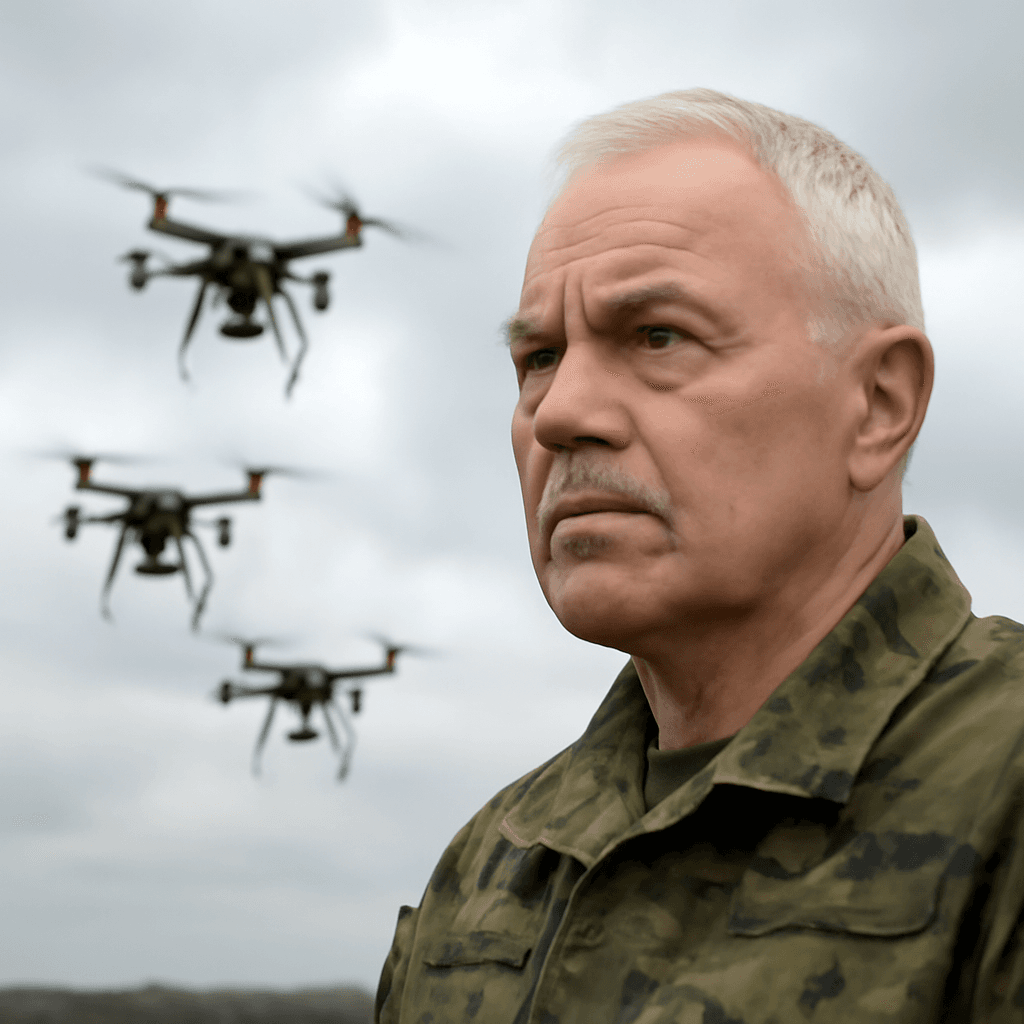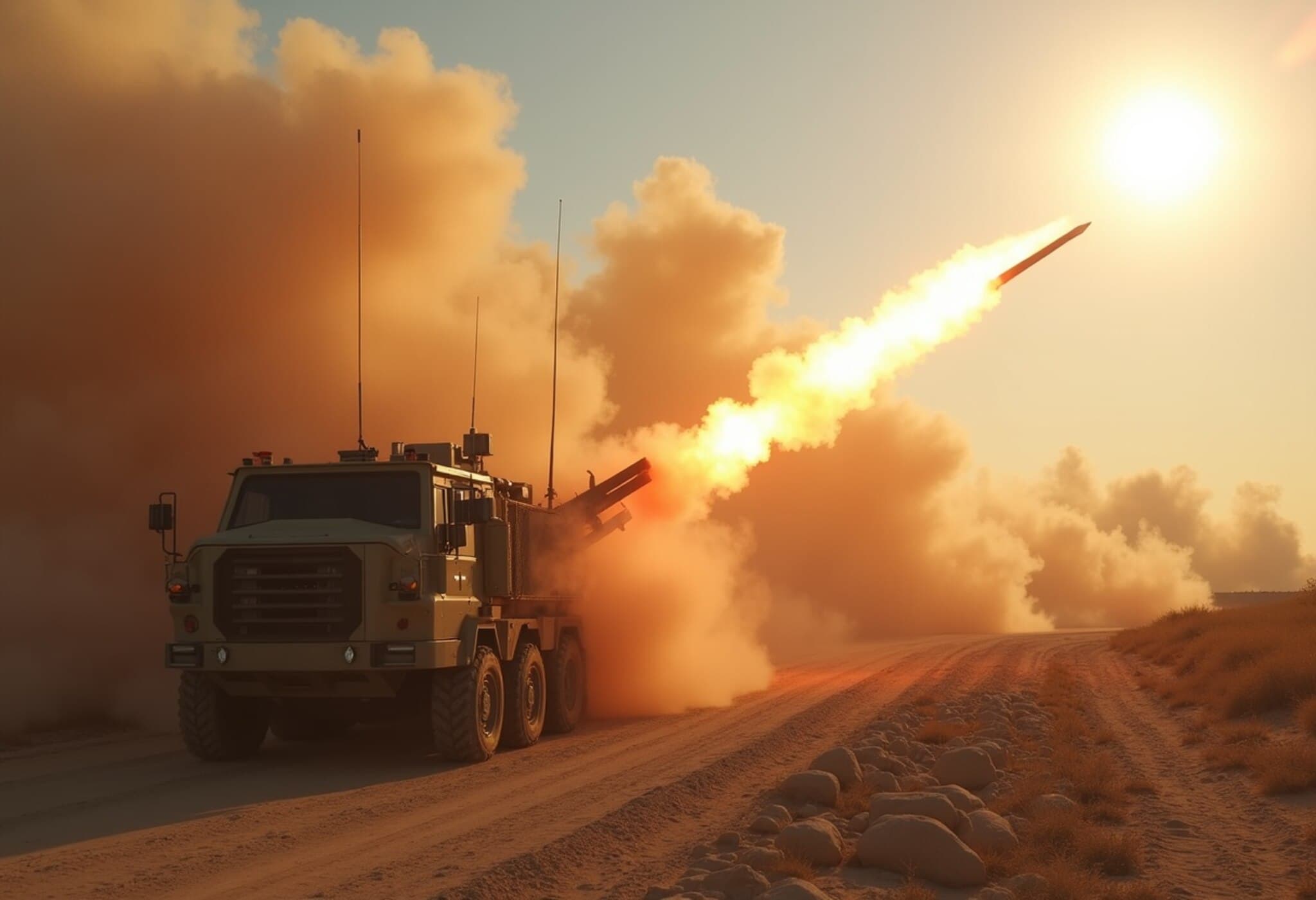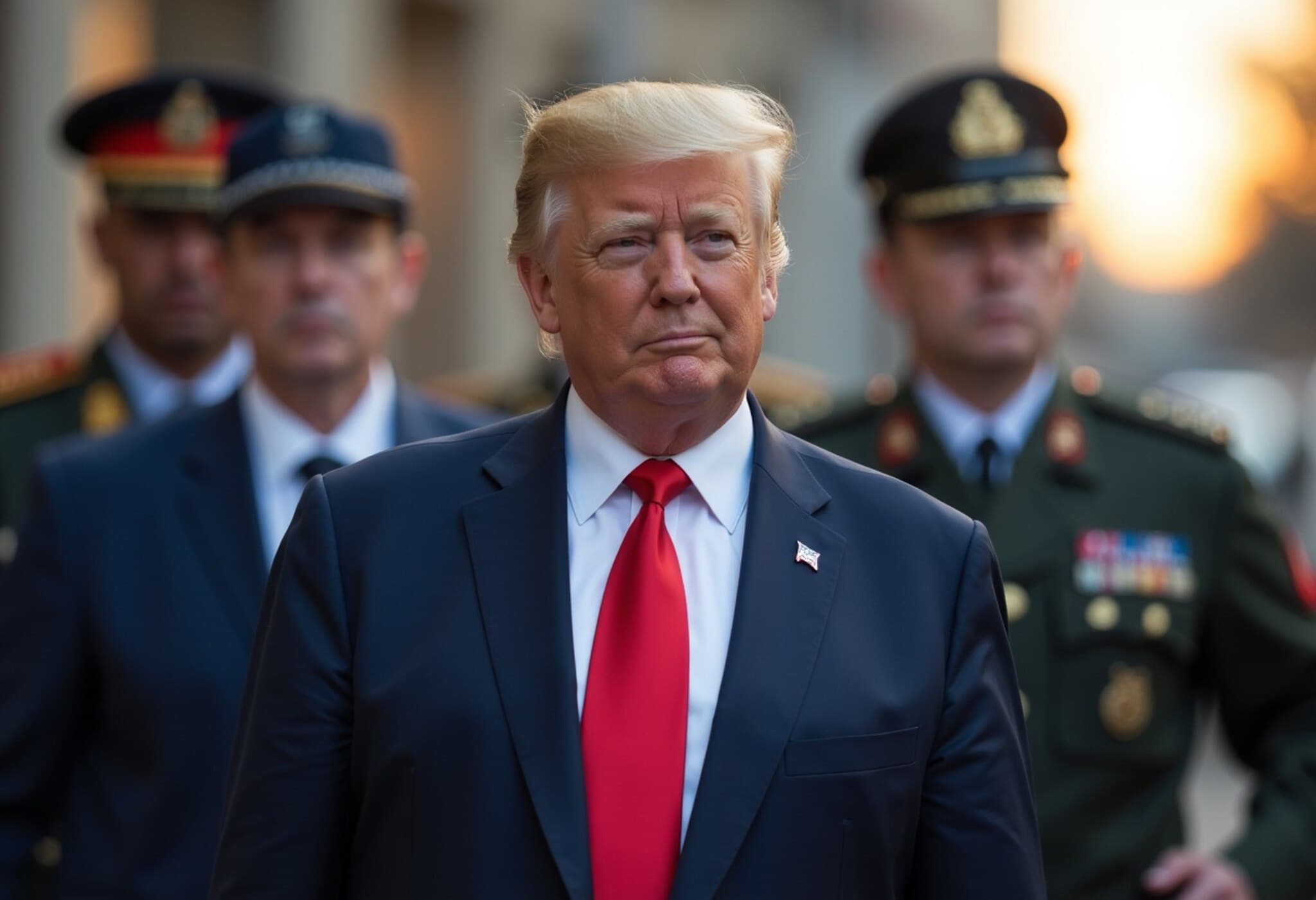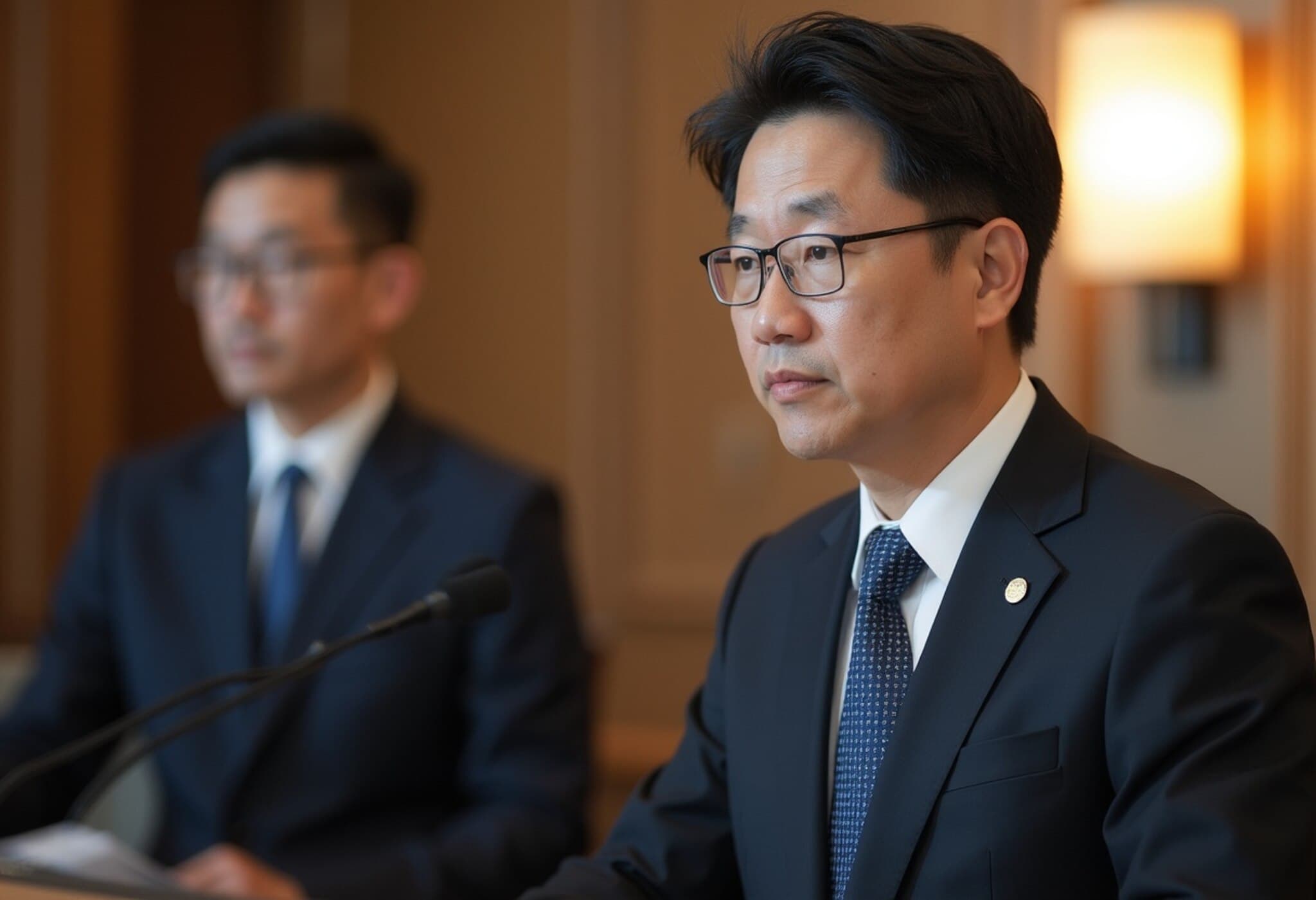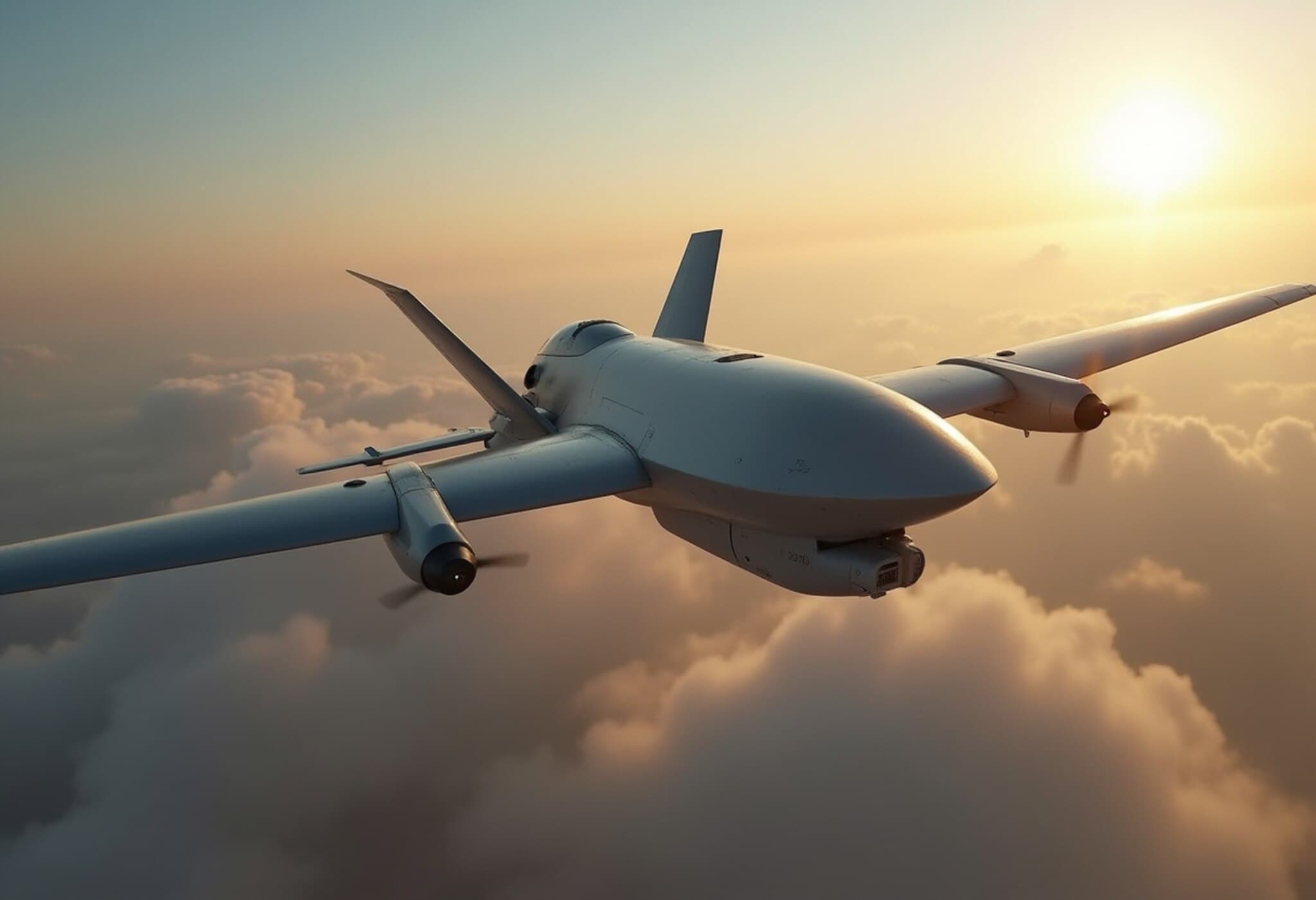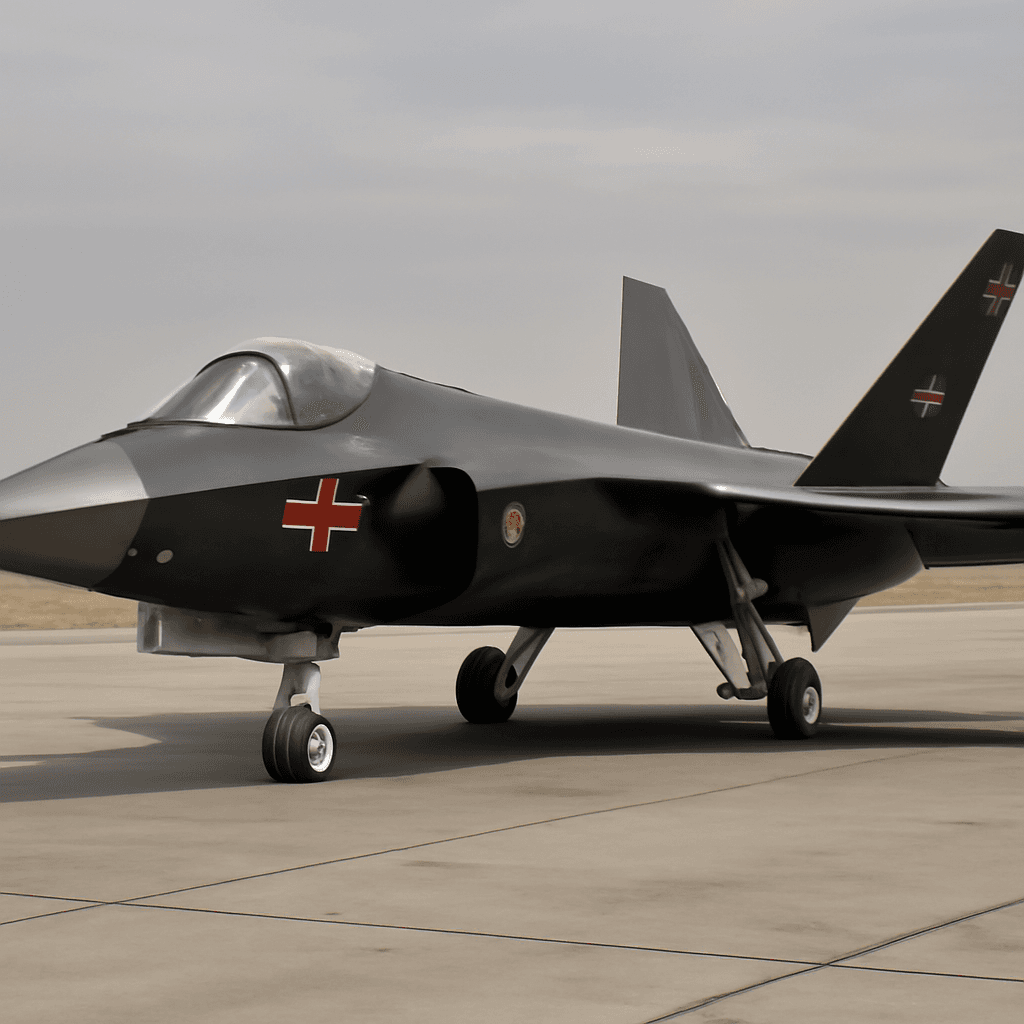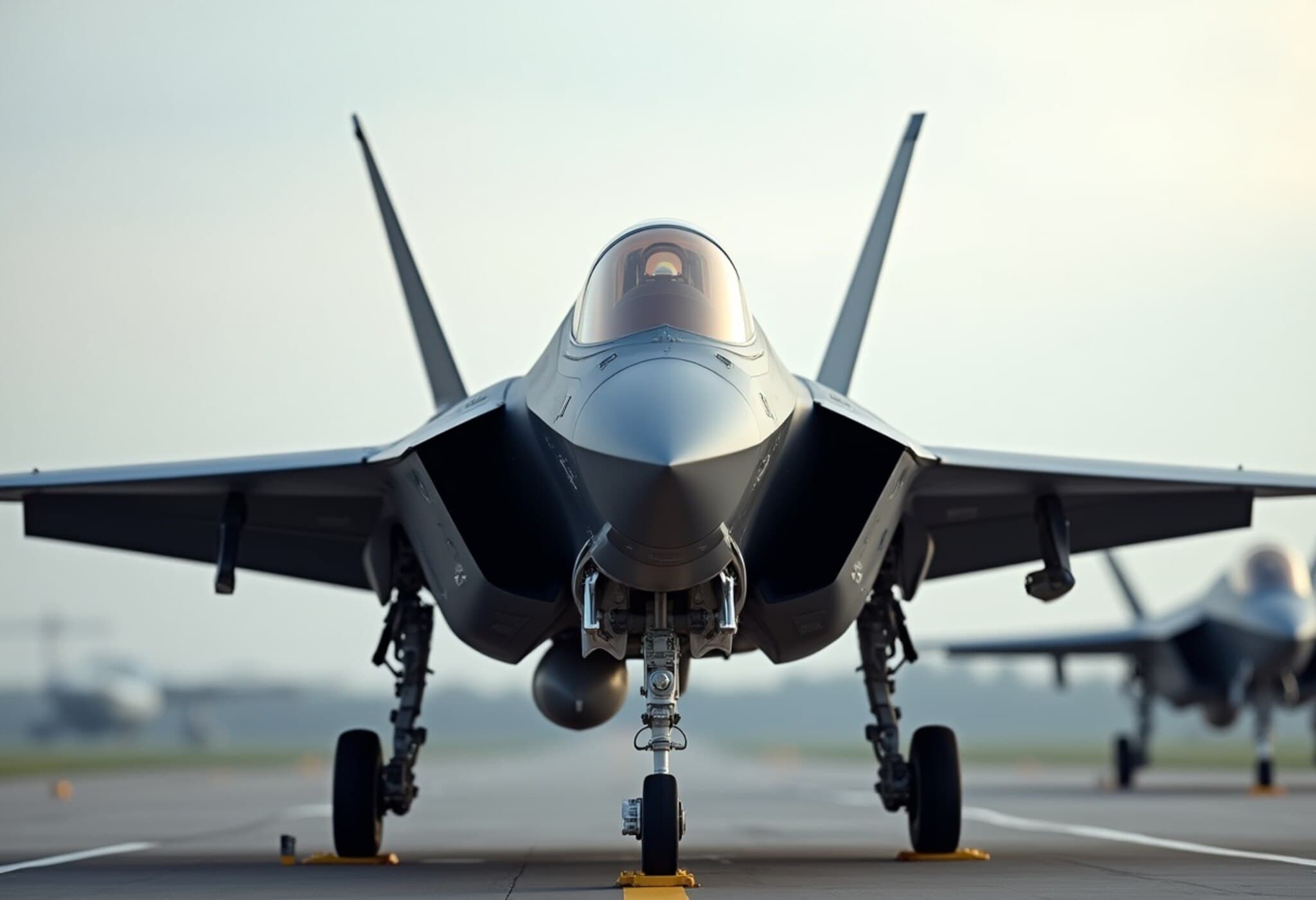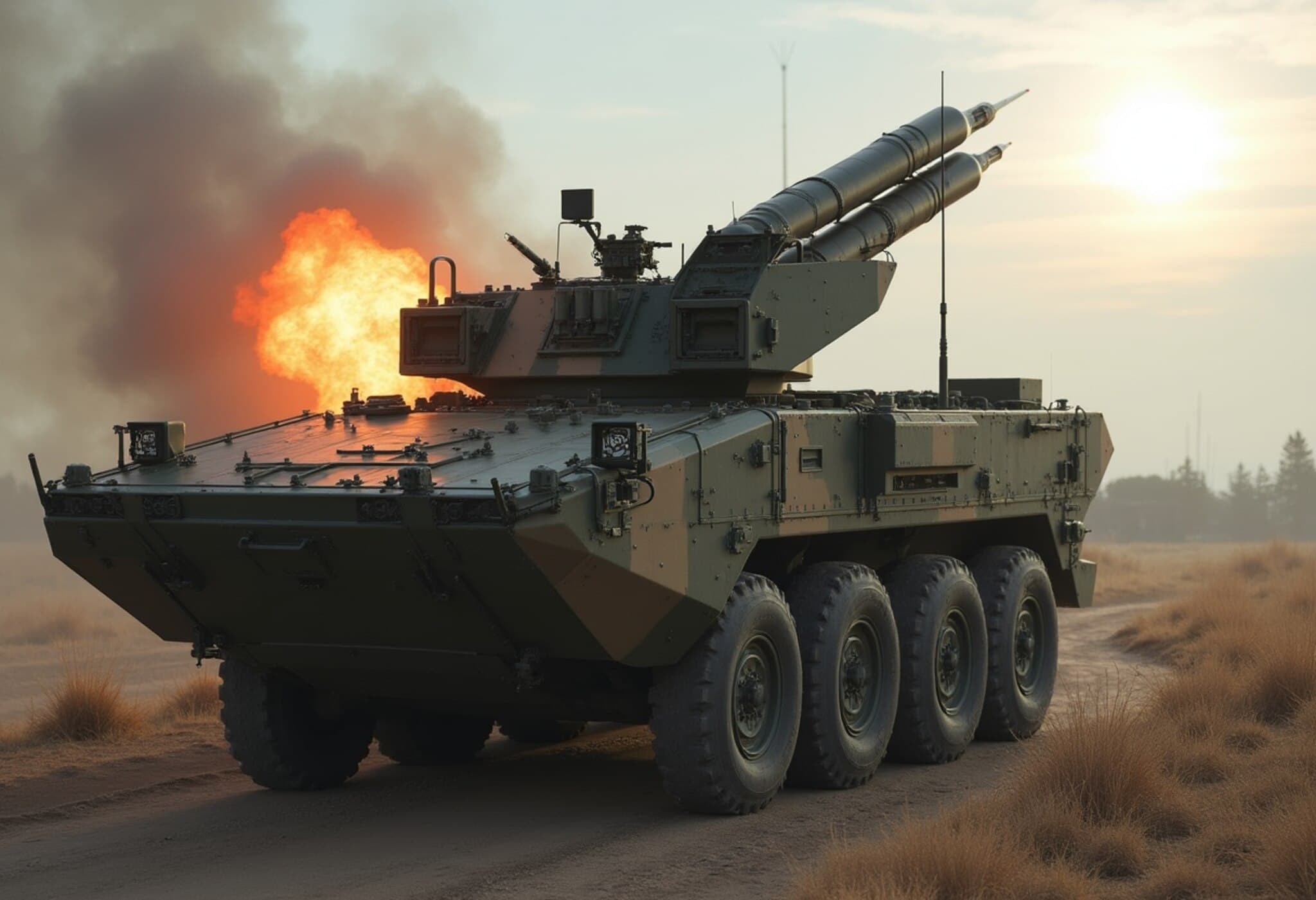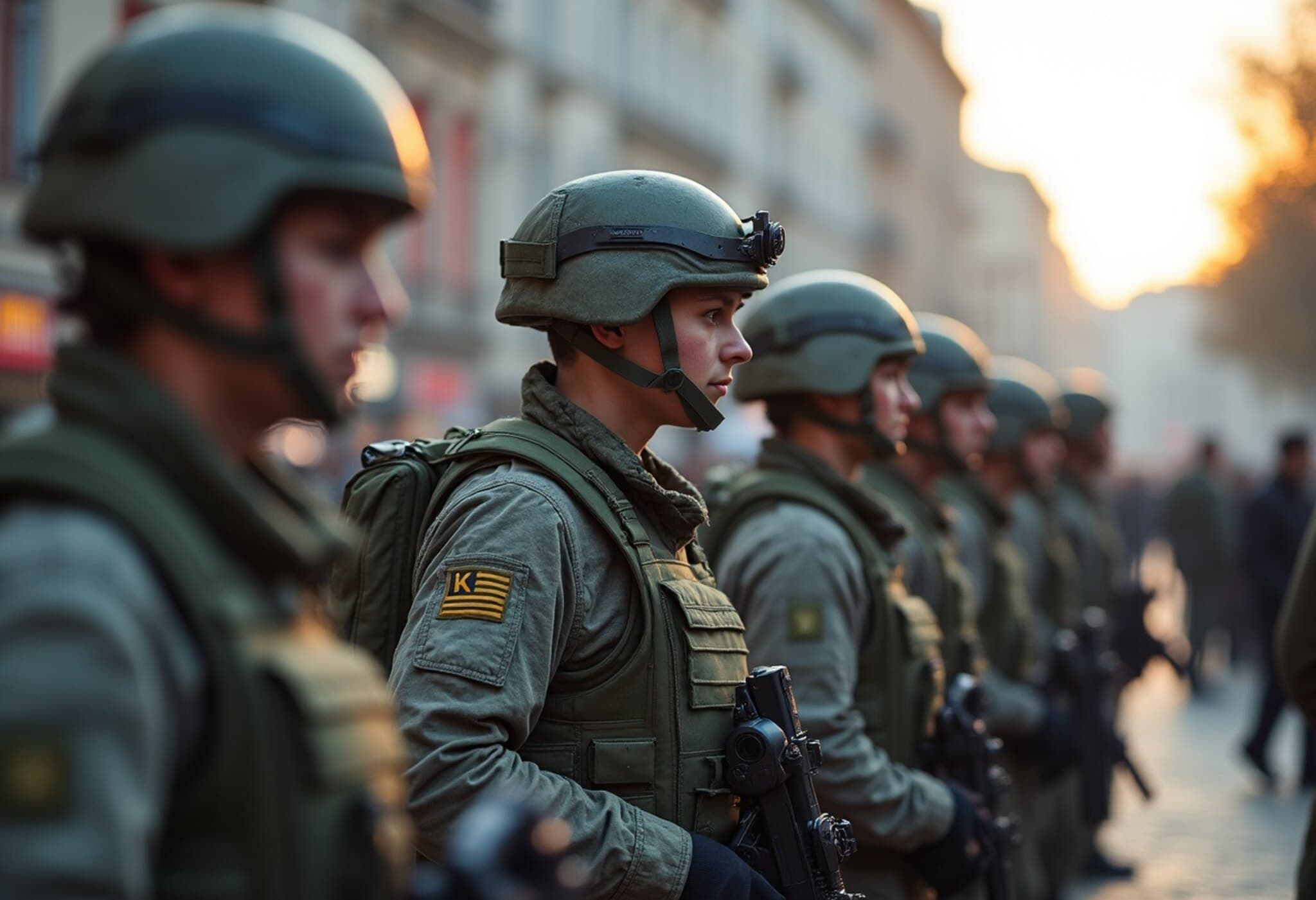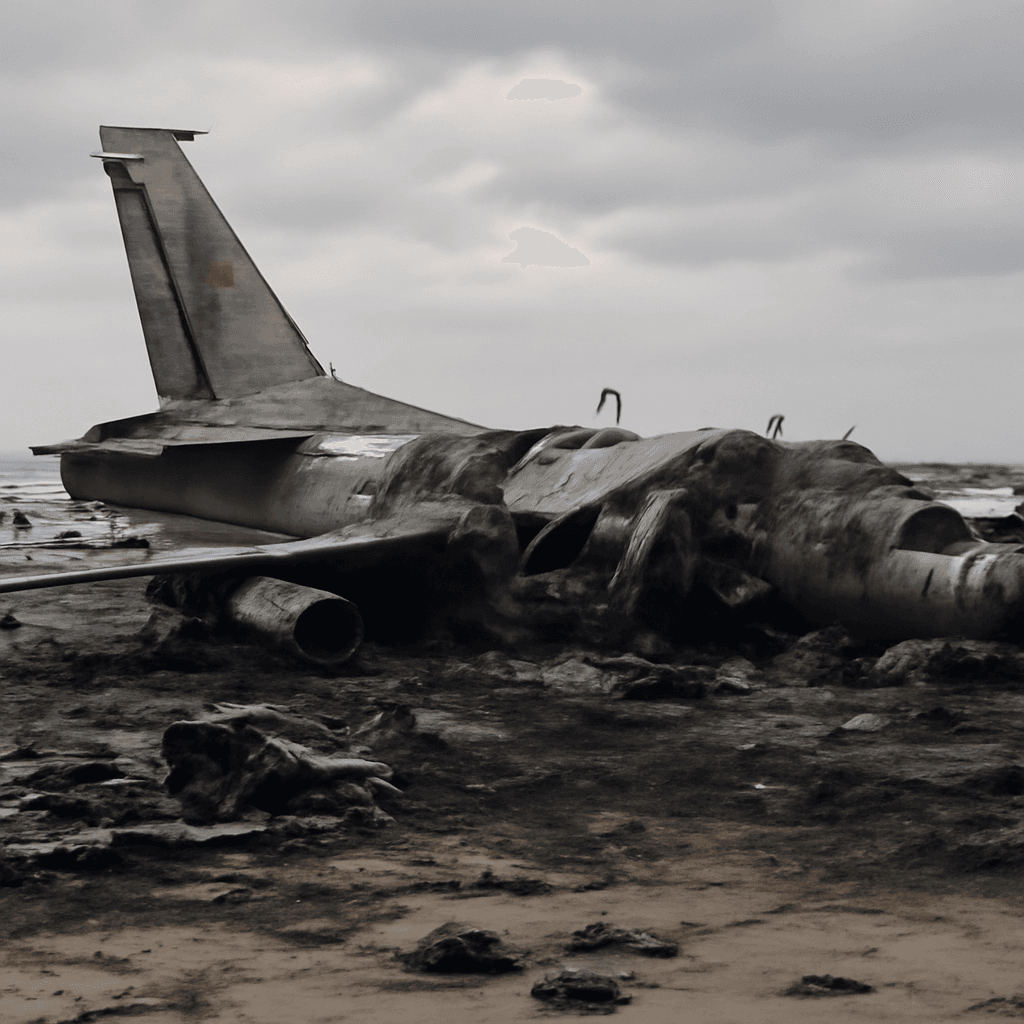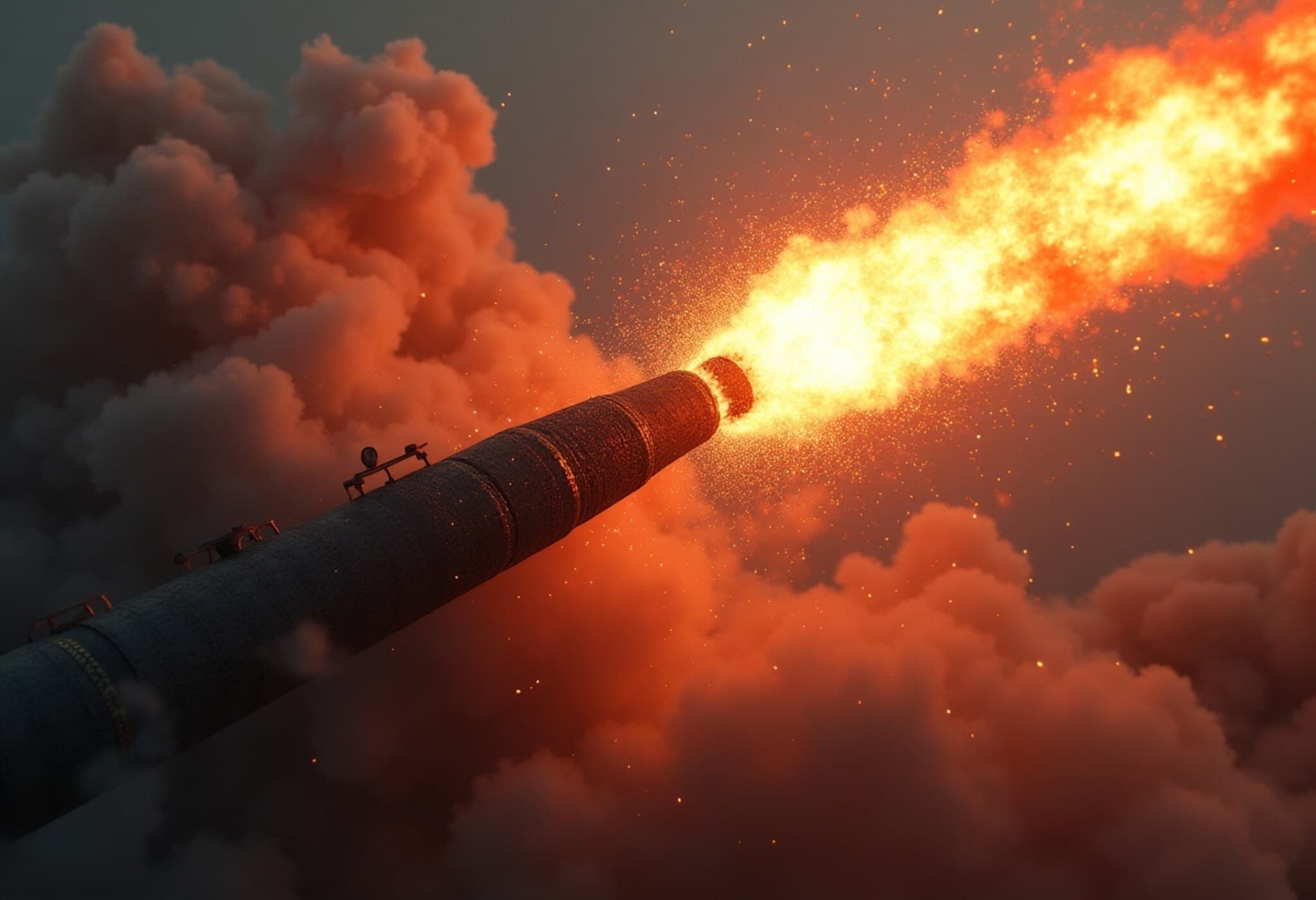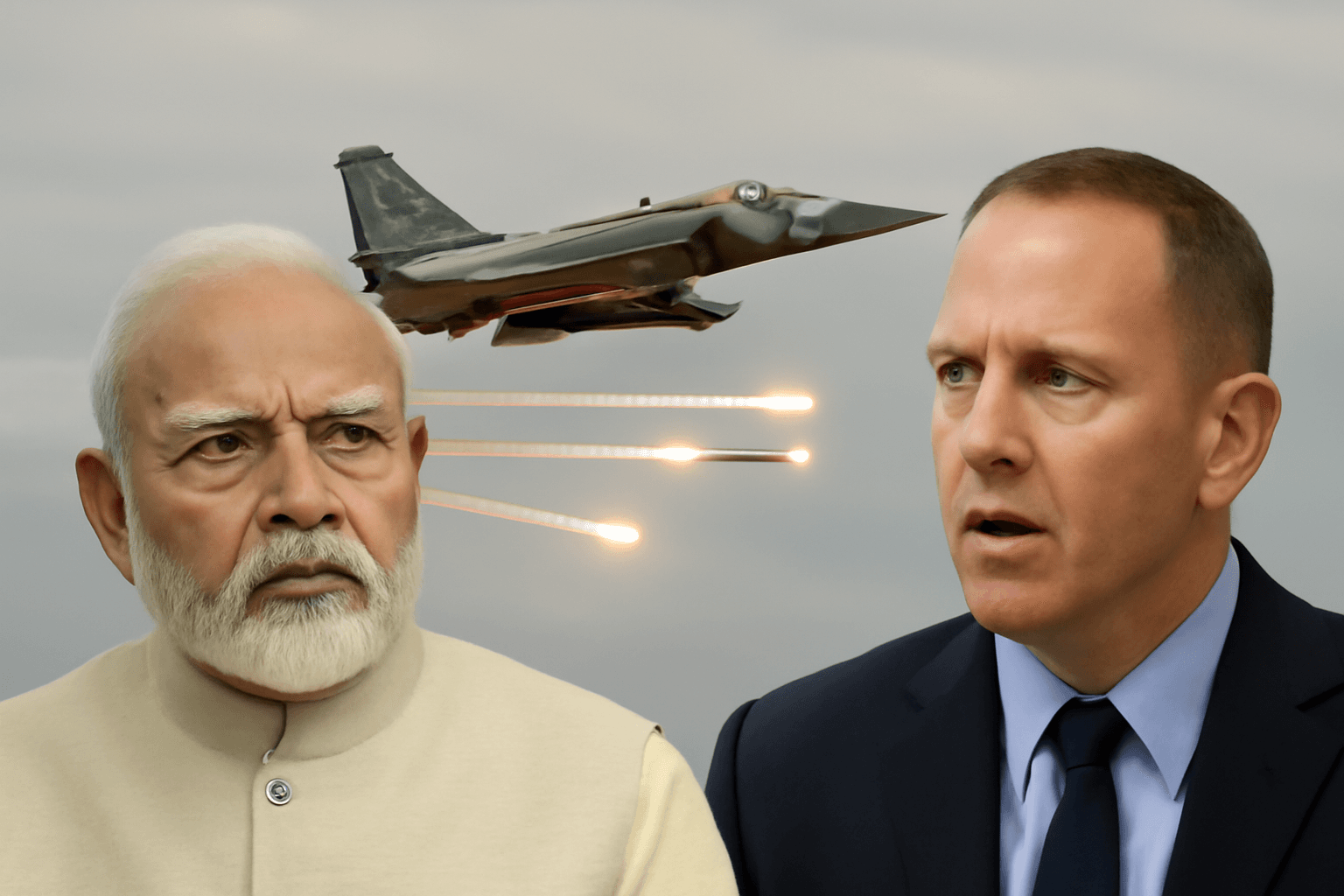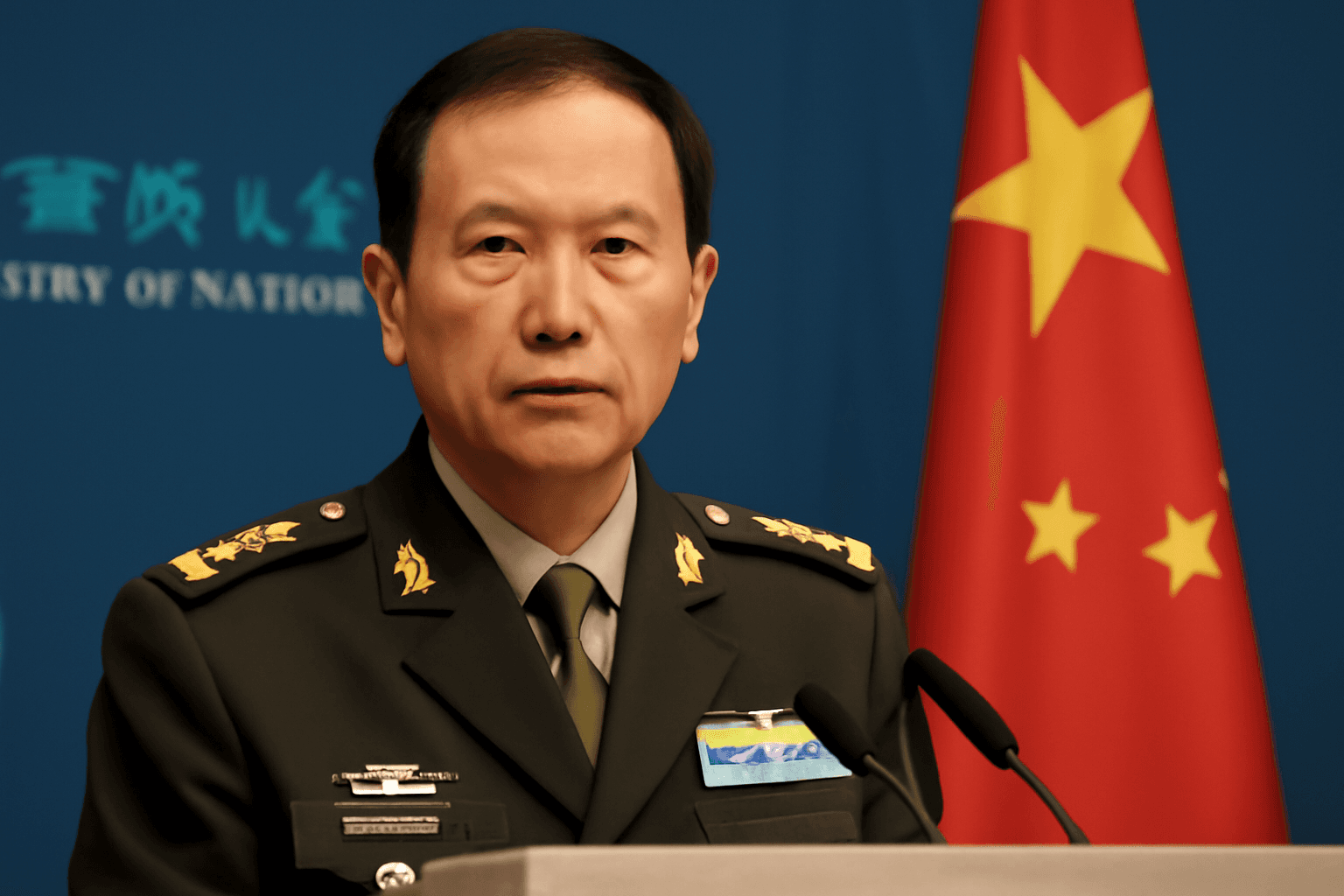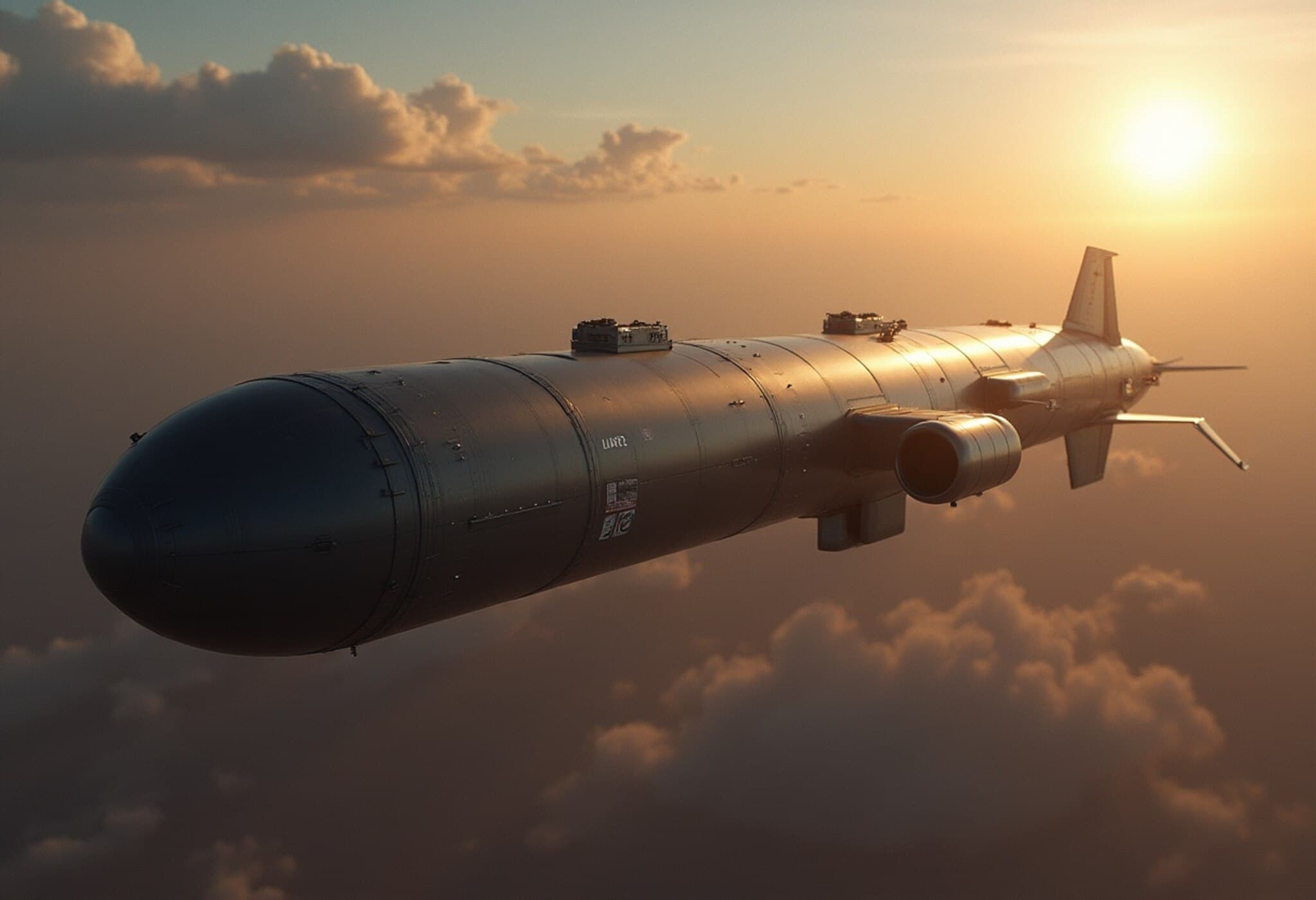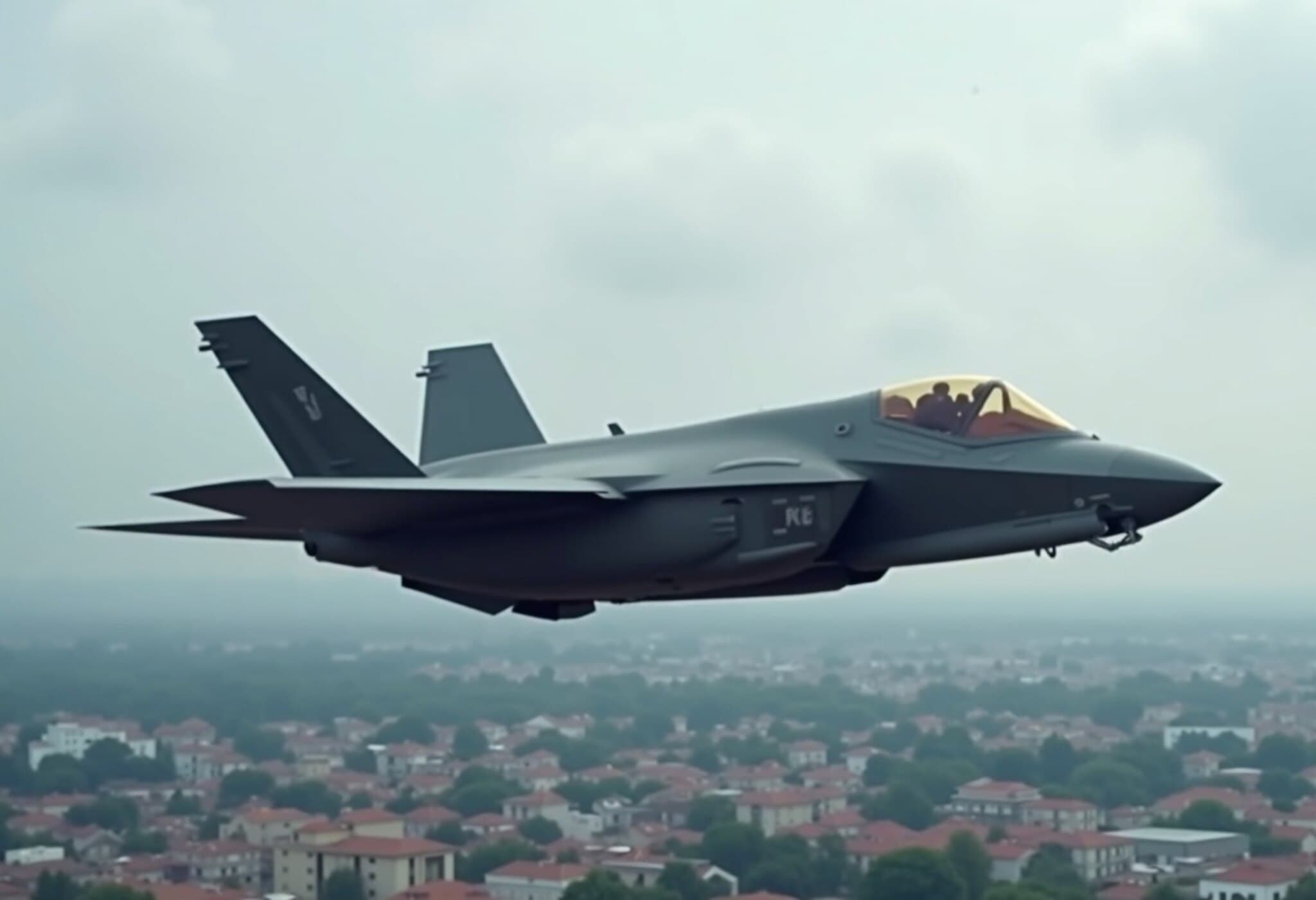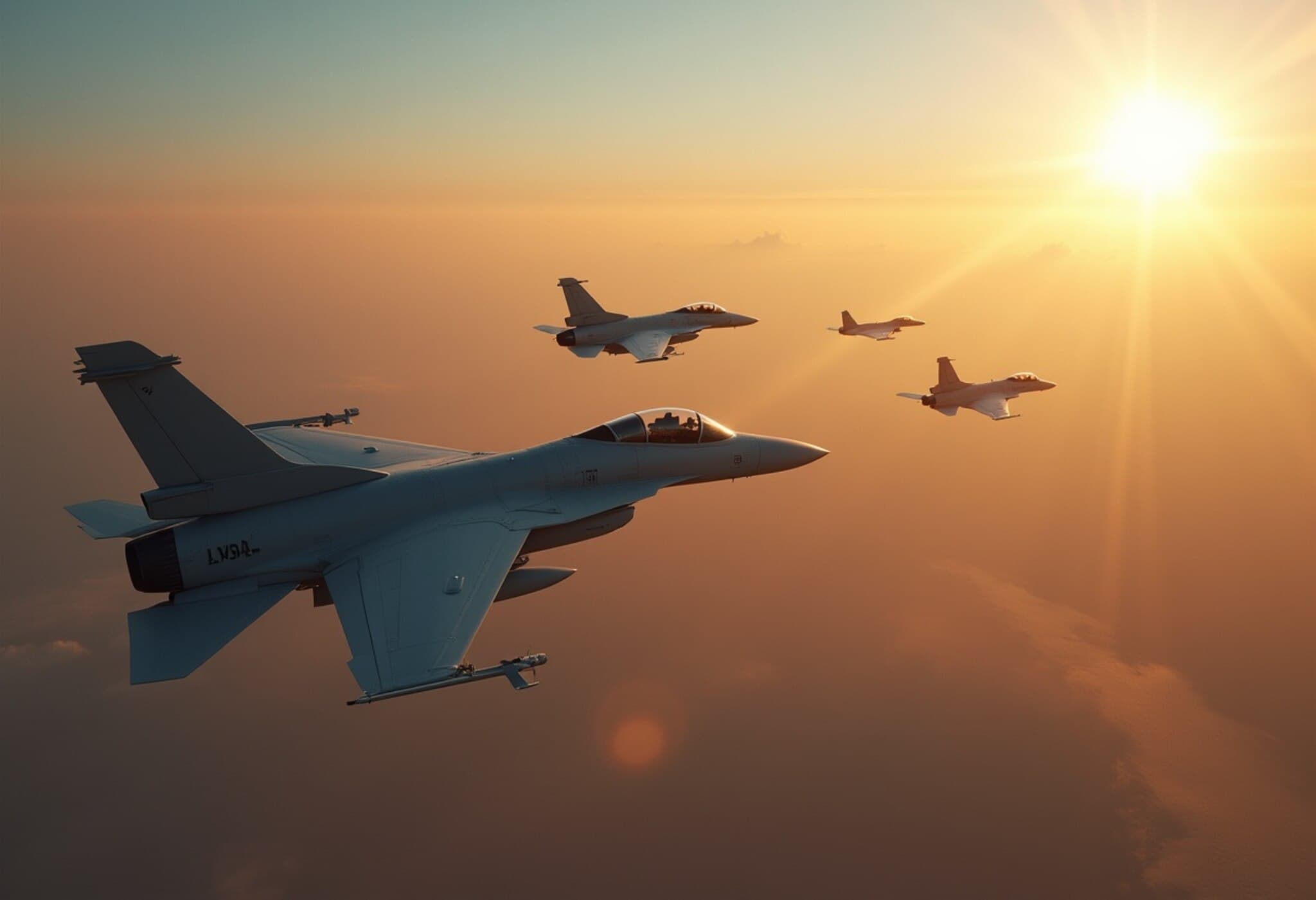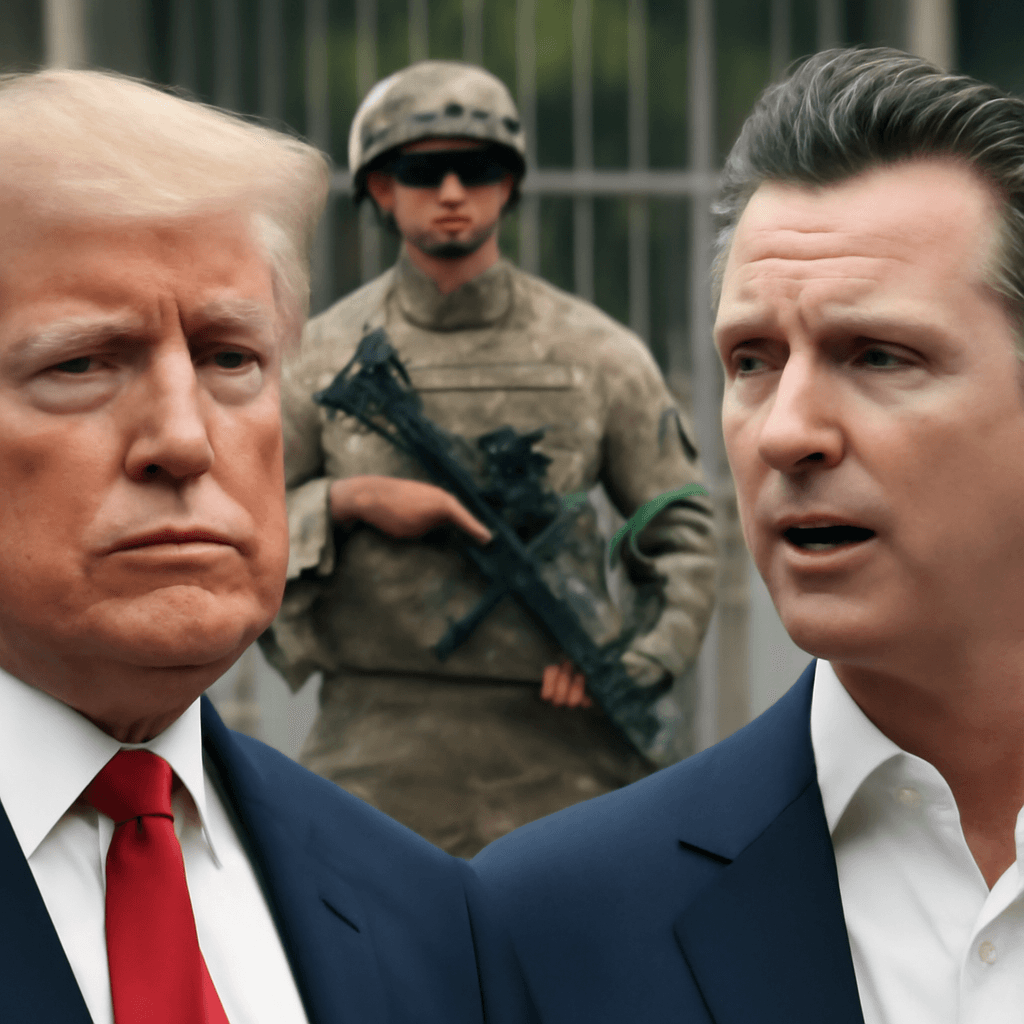How Ukraine's Innovative Drone Attack Changed NATO's Strategic Outlook
Ukraine's recent deployment of a staggering "Spider's Web" drone assault deep inside Russian territory has sent ripples through military circles worldwide. The operation, hailed for its ingenuity, offers profound insights into the evolving nature of modern warfare.
A Modern Trojan Horse
French Admiral Pierre Vandier, NATO’s Supreme Allied Commander Transformation, lauded Ukraine’s strategy as a groundbreaking adaptation of an ancient concept. "The Ukrainians executed a Trojan horse tactic reinvented through advanced technology and industrial creativity," Vandier explained. "This wasn't just a simple attack—it was a significant game-changer demonstrating how agility and innovation dictate success on today’s battlefields."
Adaptation Is Key in Rapidly Evolving Combat
According to Vandier, the pace at which warfare is transforming demands that militaries combine meticulous long-term planning with the flexibility to adapt in real time. "We are entering an era where continuous innovation is the norm," he said. "New tactics and technology can emerge week by week, reshaping how forces operate and defend."
Drone Dominance: Over 70% Casualties Caused by Unmanned Systems
Statistics reveal that drones account for more than 70 percent of battlefield casualties in Ukraine, underscoring their devastating effectiveness. Despite the relative affordability of these systems, their impact on large-scale military operations is undeniable. The attack's success has challenged traditional defense spending priorities, raising pivotal questions about the balance between investing in high-cost conventional platforms and versatile drone technology.
The Balance Between Traditional and Emerging Equipment
While UAVs have proven indispensable, Vandier cautions against abandoning conventional military hardware. "Traditional equipment remains foundational, but it must be complemented by innovative tools," he emphasized. Drones excel in certain scenarios but cannot replace capabilities such as long-range air travel or submarine detection. Instead, integrating these technologies with larger platforms amplifies operational effectiveness at reduced costs.
NATO’s Urgent Call for Rapid Technological Integration
Operating out of NATO’s headquarters in Norfolk, Virginia, Admiral Vandier highlighted the alliance's race against time. With intelligence warnings about Russia's rapid military rebuild capable of threatening NATO within four years, accelerating the modernization of forces is vital. "We must act swiftly to deter any potential aggression," Vandier stated. "Effective deterrence depends on credible, tangible defenses that convince adversaries victory isn’t achievable."
Blending Artificial Intelligence, Robotics, and Human Forces
NATO is establishing dedicated centers, including facilities in Poland, to assimilate lessons from the Ukraine conflict and foster rapid innovation. The integration of AI and robotics is reshaping combat, with mixed piloted and autonomous units poised to become standard. As Vandier put it, "Using ground robots to deliver ammunition is far safer and more efficient than sending soldiers into harm’s way." This evolution is projected to significantly enhance battlefield efficiency and soldier safety.
The Financial and Strategic Commitment Ahead
This sweeping transformation doesn’t come cheap. NATO anticipates investing hundreds of billions in upgrading and expanding capabilities by at least 30 percent in the coming years. Despite the immense cost, Vandier assures the endeavor is fully achievable. "With our engineering prowess, expertise, and technological arsenal, the only challenge left is to begin," he affirmed.
Conclusion: A New Chapter in Military Innovation
Ukraine’s inventive drone strategy has become a striking illustration of how necessity drives creativity. For NATO, this is a wake-up call to rethink defense strategies, prioritize fast innovation, and fully harness emerging technologies to stay ahead in an unpredictable global security landscape.

